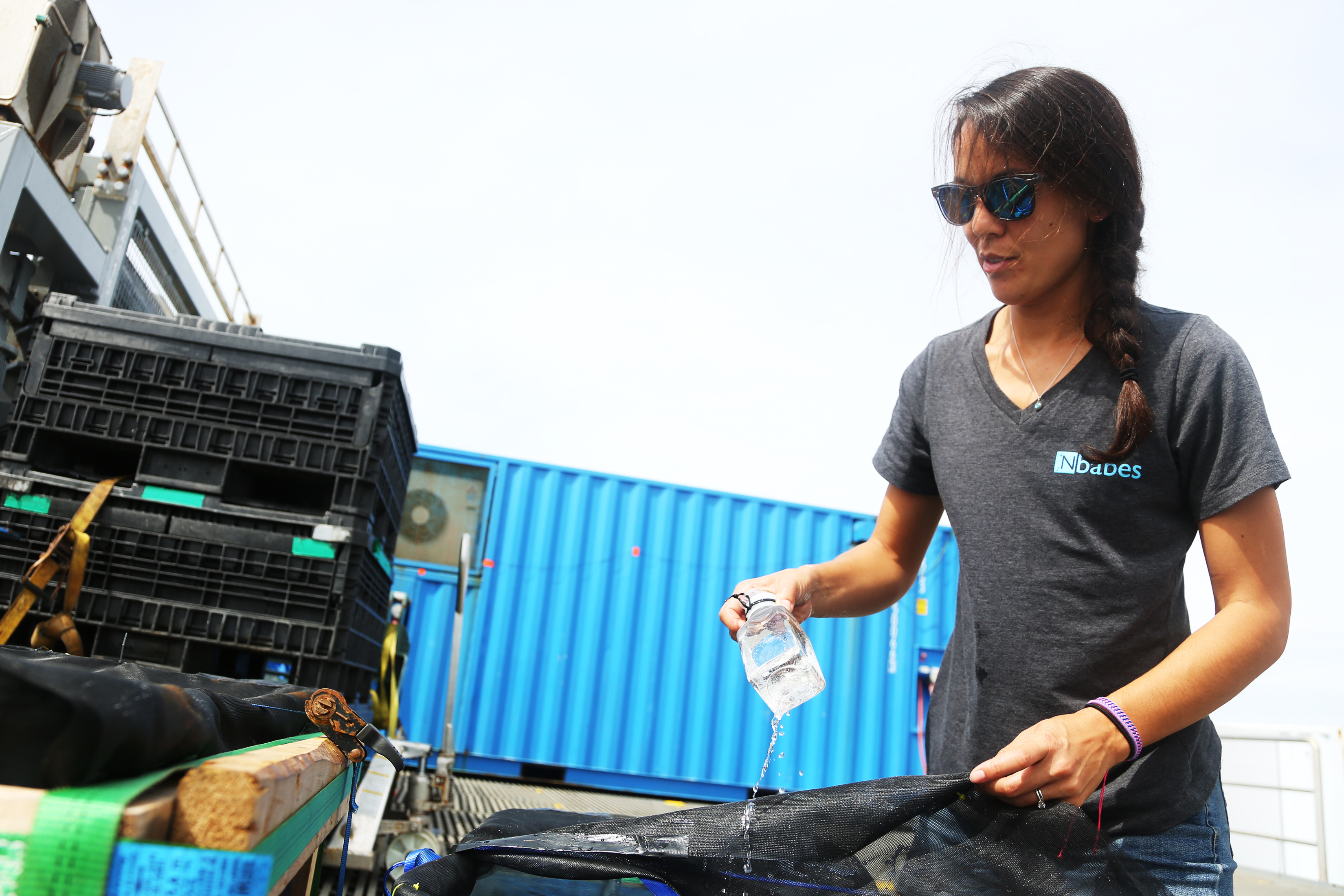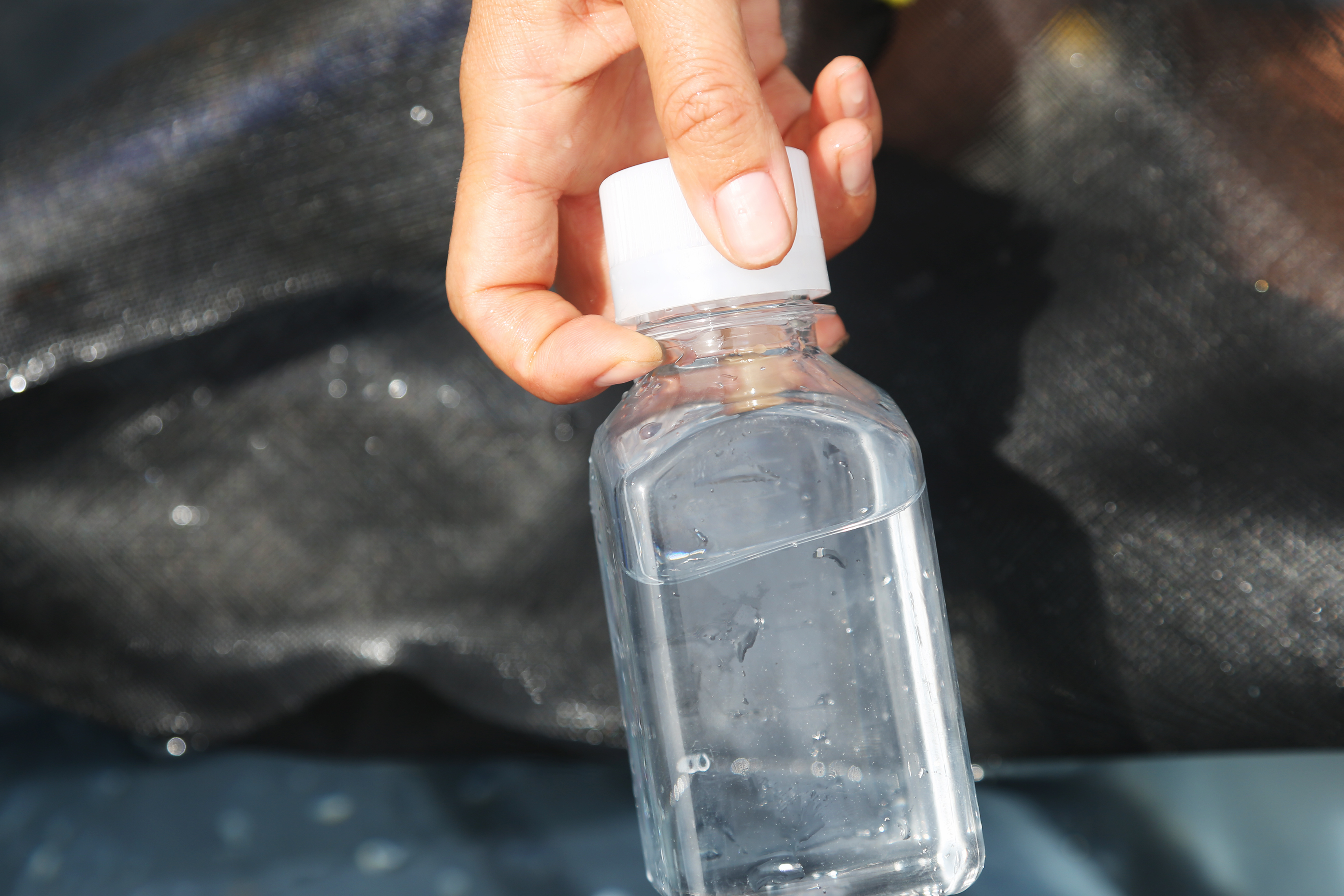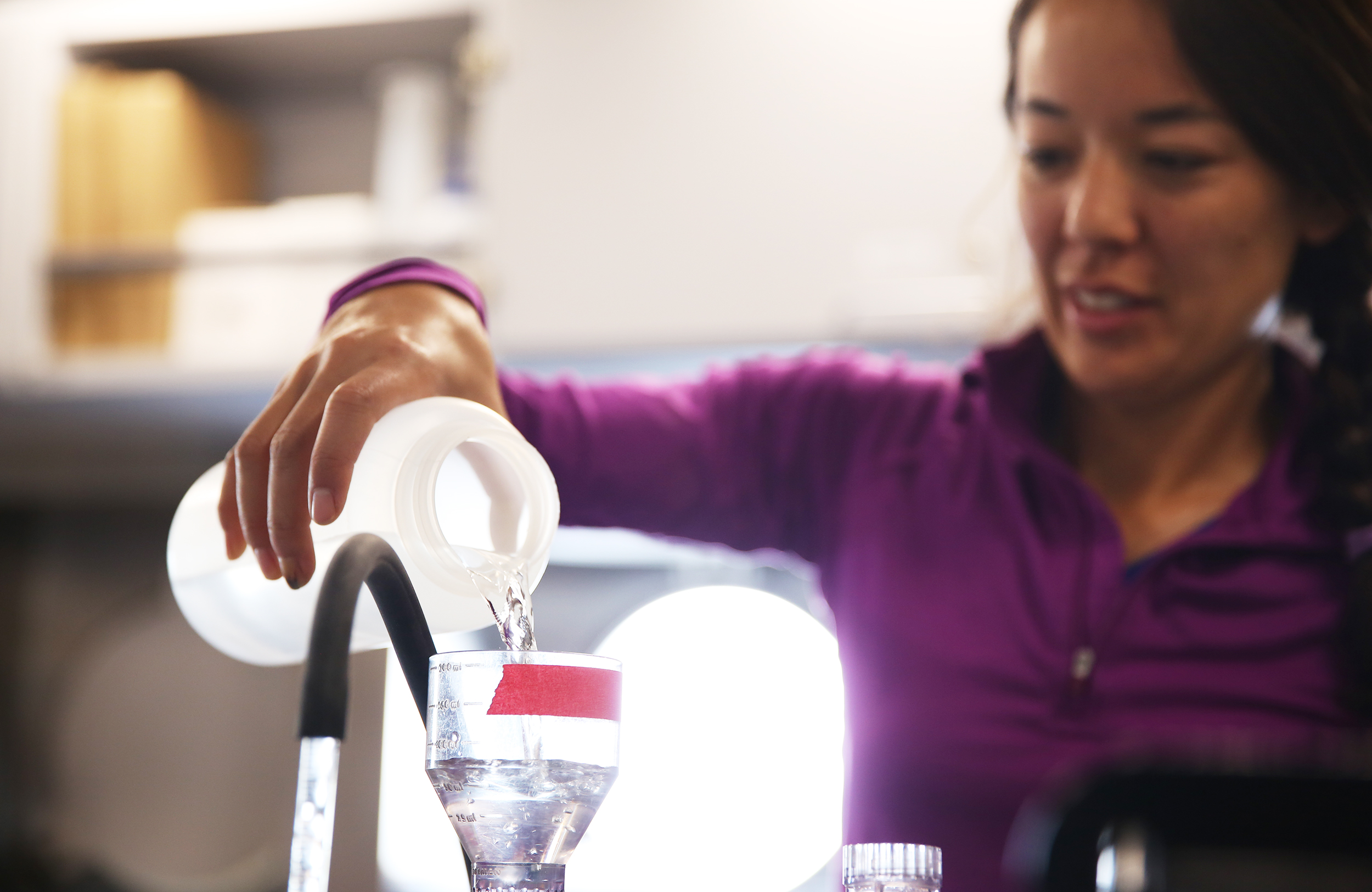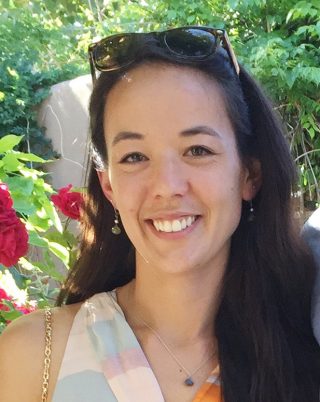Our first few days on the R/V Falkor have been filled with preparations for arriving at our first station. We have unloaded our equipment, labeled our sample bottles, and organized our workspaces in the ship laboratory. I have also been out on the storage deck connecting garden hoses to the seawater system. What looks like a simple plastic storage bin from the hardware store is actually valuable scientific equipment for me. When I get all these hoses hooked up, these tubs will simulate ocean conditions at 100 meters below the surface.
Small Creatures, Big Impacts
While the R/V Falkor will be my home for the next few weeks, these tanks of seawater will be the temporary home of the microbes I am studying. Microbes in the ocean can be 500 times smaller than the period at the end of this sentence, but since there are millions of microbes in a teaspoon of seawater they can leave a huge chemical imprint on the ocean. By sampling microbes from depth and growing them in my seawater tanks, I hope to measure how microbes transform nitrogen in the ocean.

The marine nitrogen cycle is notoriously difficult to study because nitrogen exists in so many different forms, and all of those forms are linked together by how microbes transform them. While some scientists study these microbes by looking at them under a microscope, I investigate their lifestyles by using chemical techniques to see how they change the water around them. These techniques can be especially powerful when you want to scale up to understand global ocean dynamics.

Chemical ‘Dusting’ and ‘Tagging’
I use two stable isotope methods in my project. First, I can measure the isotope signature that microbes leave behind on the nitrogen they use, sort of like dusting for fingerprints at a crime scene. Second, I can experimentally add a rare stable isotope of nitrogen (15N is a nitrogen atom that has an extra neutron and is a tiny bit heavier) into my experimental bottles of microbes, which effectively labels the available nitrogen and I can watch where it goes over time. This is similar to how a whale biologist might radio-tag their subject of study, but I am tagging the nitrogen molecules with a stable isotope.

Sometimes I wonder if I should have studied an organism that I can actually see, but when I take a break to look out over the ocean from the observation deck, the magnitude of all that blue water reminds me how important ocean chemistry is for larger sea creatures, humans, and the whole planet. I can see the waves starting to get bigger as we head towards the June storms crossing our cruise track. I should probably get back to tying down the lids of my seawater tanks so these microbes don’t return to the ocean before their visit on the Falkor is done!

